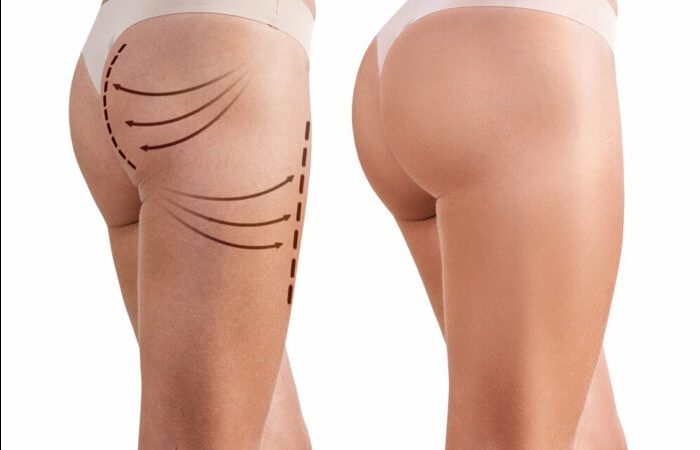
Not every body needs volume. Some already have it. What they need is shape. Some have shape but want lift. Others want projection where there’s flatness. But the first question is always: What does your body already hold? And what does it allow?
A Brazilian Butt Lift requires fat. Enough to harvest, clean, and inject. If you’re lean, that might be a challenge. If your skin is loose, you might need lifting more than filling. If your hips are narrow, fat might help contour them—but only if there’s enough to use.
Your starting point isn’t a problem. It’s a blueprint. It decides what’s possible, what’s smart, and what gives results that last.
A lean body may not have enough fat for transfer
This is the most common roadblock. You want curves—but there’s not much to take from. You’ve always been slim. Or you’ve lost weight recently. You’re fit, active, but still want shape. Fat grafting needs supply. Without it, the result may be small—or not worth the risk.
Implants are an option. But they carry different risks. Shifting. Hardness. Infection. Some surgeons won’t perform BBLs on very thin patients. The risk of fat embolism increases when surgeons go deeper than they should. That’s why a realistic plan starts with a good assessment—not just desire.
Your surgeon might suggest gaining a few pounds. Might suggest alternatives. Or say no entirely. That’s not rejection. It’s responsibility.
If you carry weight in your midsection, you may be an ideal candidate
Fat in the abdomen. The waist. The flanks. That’s where surgeons like to harvest. When it’s removed, your torso slims down. And the fat is repurposed to the buttocks. It creates contrast. A tighter waist. Fuller curves. A different silhouette.
This type of body often benefits most from a BBL. The transformation is dramatic. And natural. Because you’re reshaping—not just adding. You’re redistributing your own volume in a new direction.
If your skin is firm and your weight stable, the results tend to last longer and look smoother.
If you’ve lost a lot of weight, you might need more than just volume
After major weight loss, the shape may be hidden by loose skin. Fat transfer might help. But if skin is sagging, it can pull the new shape downward. In those cases, a surgical butt lift—where skin is removed and the tissue is lifted—may be more appropriate.
You may still get liposuction. You may still receive fat grafting. But lifting comes first. Otherwise, the fat has nowhere stable to live.
These procedures often leave scars. But for many, the trade-off is worth it. Because what you gain in firmness outweighs what you give up in smoothness.
Your hip structure changes what’s possible
Some people have wide hips with a natural dip. Others have narrow hips and a flat back. Some carry weight lower. Some higher. Your bone structure can’t be changed. But fat can help shape what’s already there.
If your hips are narrow, fat grafting can fill in the sides. But it won’t create width where there’s no bone. If your waist is short, the contrast might not be as dramatic. That’s why results vary—not because the surgery failed, but because your frame set the boundaries.
You’ll get the best outcome when your goal matches your natural lines—not when it fights them.
Skin quality affects how fat settles and holds
Young, firm skin holds fat better. It shapes more evenly. It rebounds faster. Loose or damaged skin may not give the same result. That doesn’t mean you can’t have a BBL. It just means your expectations need to shift.
Your surgeon may suggest skin-tightening treatments. Or combine liposuction with a lift. Or recommend a staged approach. It’s not about doing less. It’s about doing it right—for your skin, your healing, your shape.
BBL isn’t a one-size-fits-all solution. It molds to what your body can offer.
Your goals matter as much as your measurements
Some want a subtle difference. Others want dramatic curves. Your surgeon will ask you what you’re aiming for. What you want to wear. How you want to feel. And those answers matter. Because they shape the plan.
Two people with the same body might get completely different procedures. Because their goals are different. Your voice matters as much as your photos. As much as your fat percentage.
If you want volume, your surgeon will explain how much is realistic. If you want a natural look, they’ll focus on gentle shaping. The right procedure starts with the right conversation.
Weight stability plays a major role in long-term results
If your weight fluctuates often, your fat may not stay consistent. If you lose weight after surgery, the transferred fat may shrink. If you gain weight, it may grow unevenly. That’s why surgeons recommend doing a BBL only when your weight has been stable for months.
This isn’t about perfection. It’s about predictability. The more stable your body, the more stable your result.
Surgery isn’t the start of a transformation. It’s a reward for the work you’ve already done to maintain balance.
Confidence matters more than body type
At the end of the day, it’s not about having the perfect shape to begin with. It’s about making an informed decision. Knowing what’s possible. What’s safe. What’s smart.
Your body isn’t a problem. It’s a canvas. The question isn’t whether you qualify—it’s whether your goals, health, and readiness line up.
A good surgeon won’t promise perfection. But they’ll help you see what’s truly possible for you. And sometimes, that’s exactly what you need.
